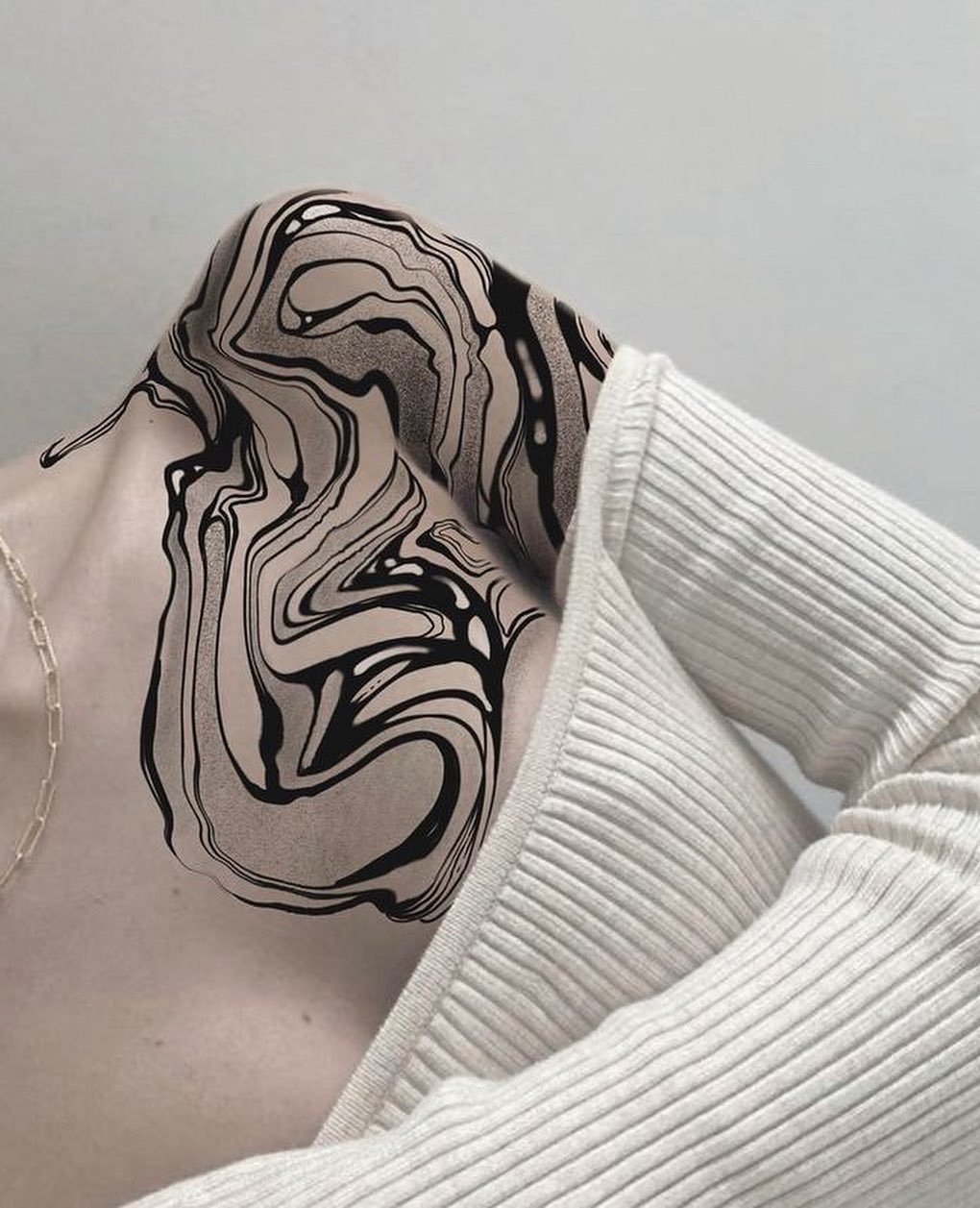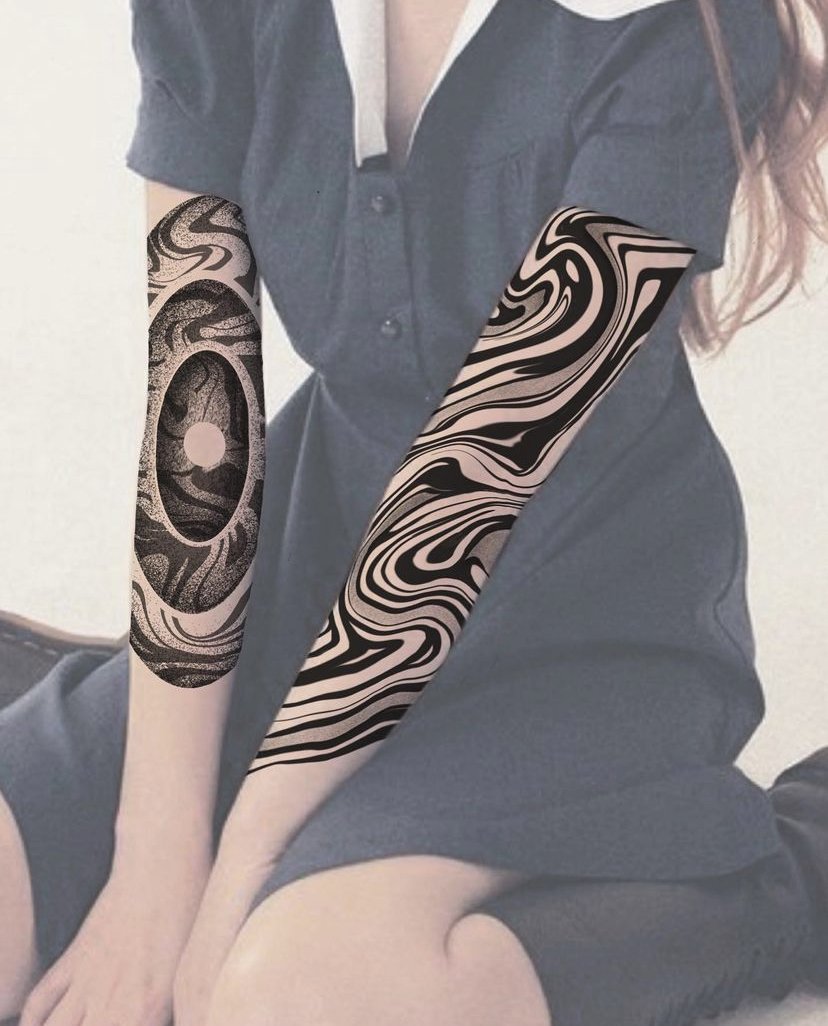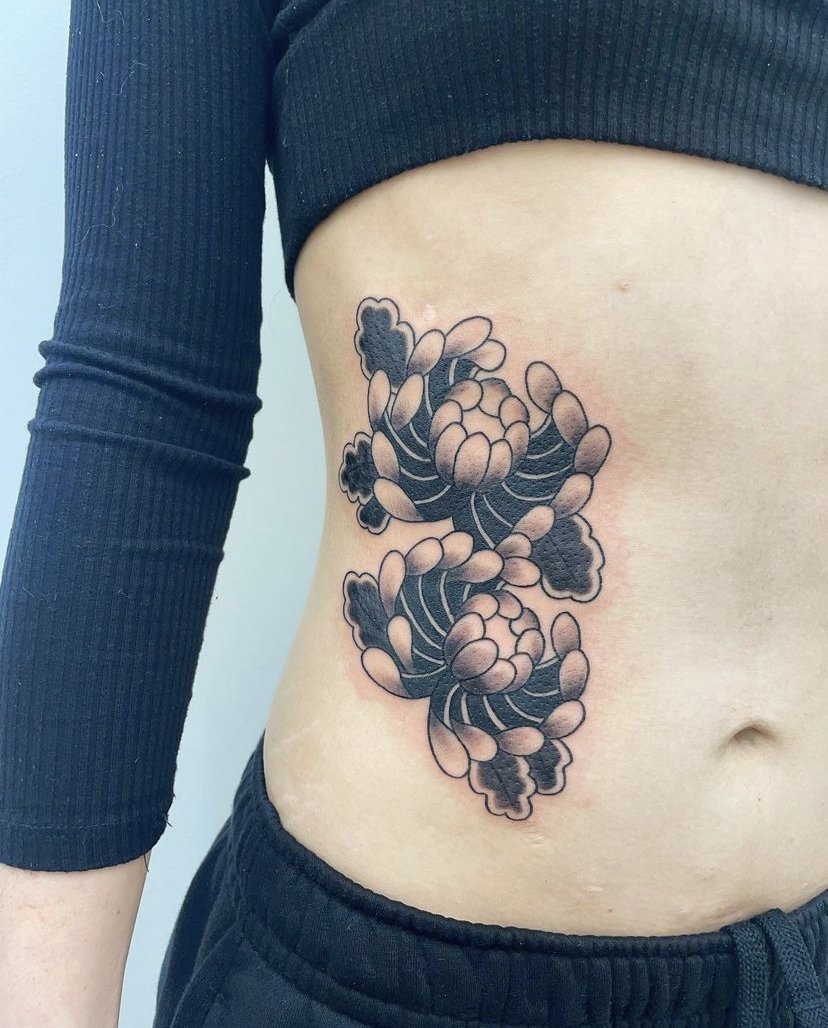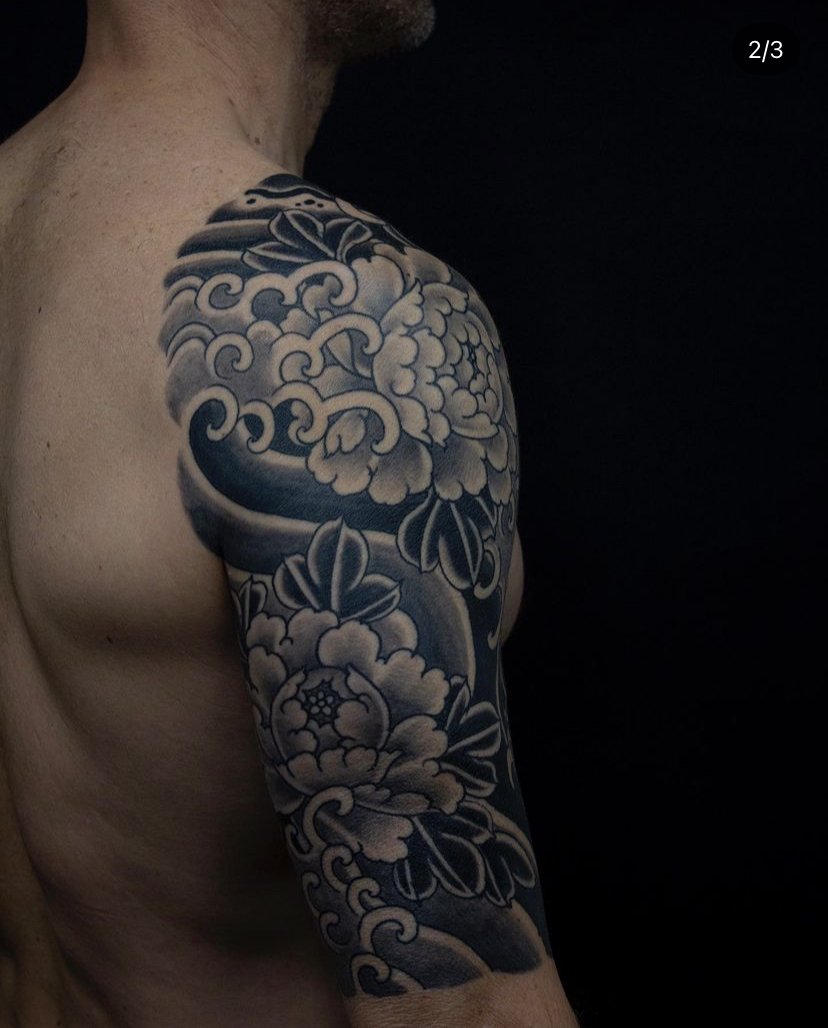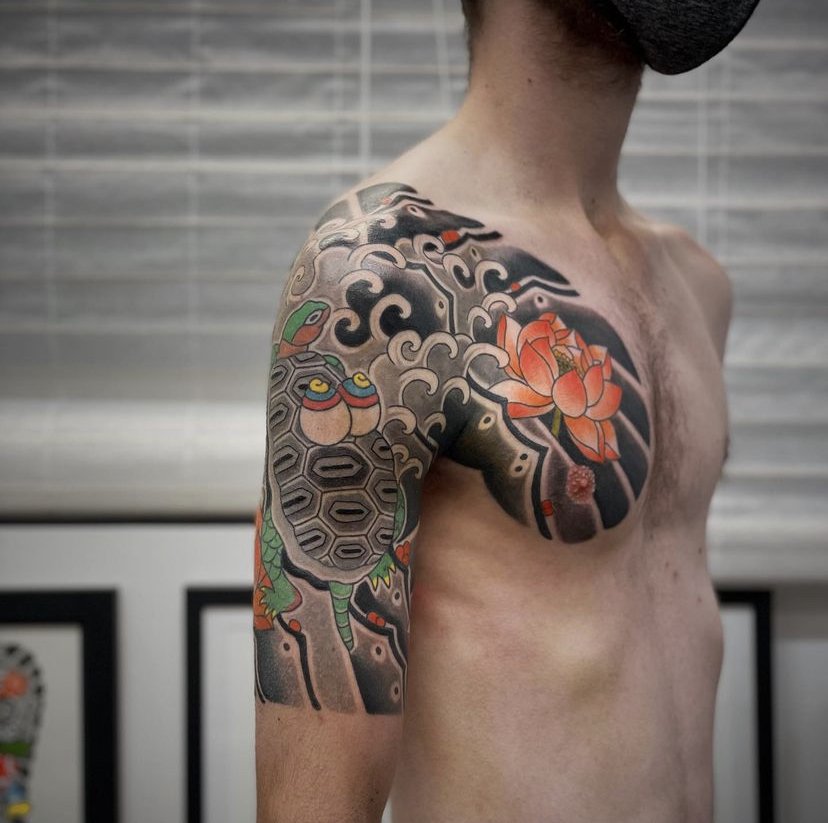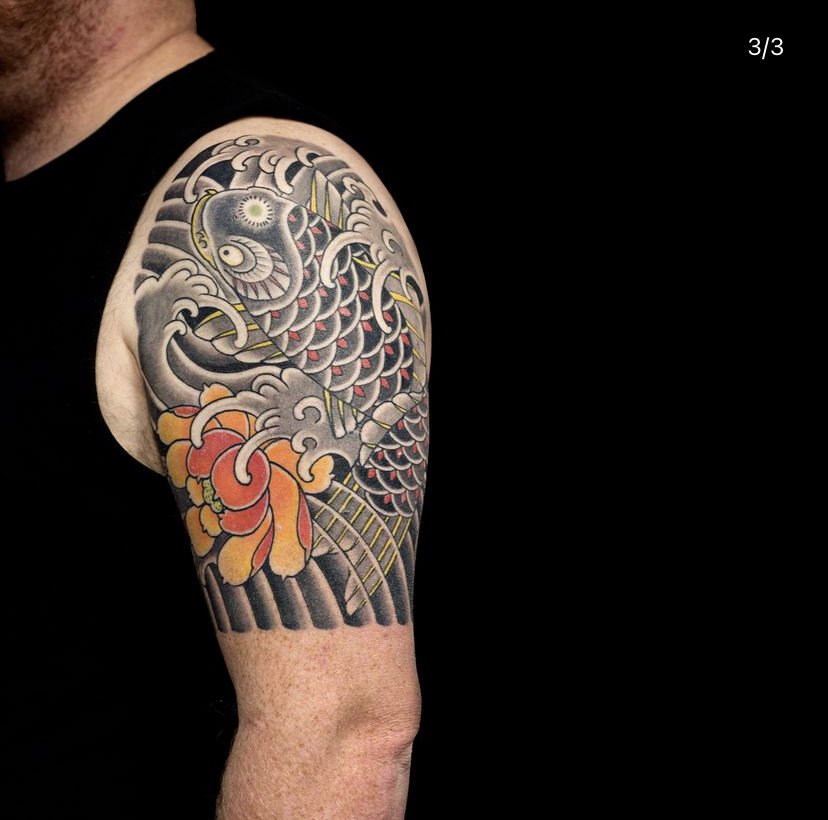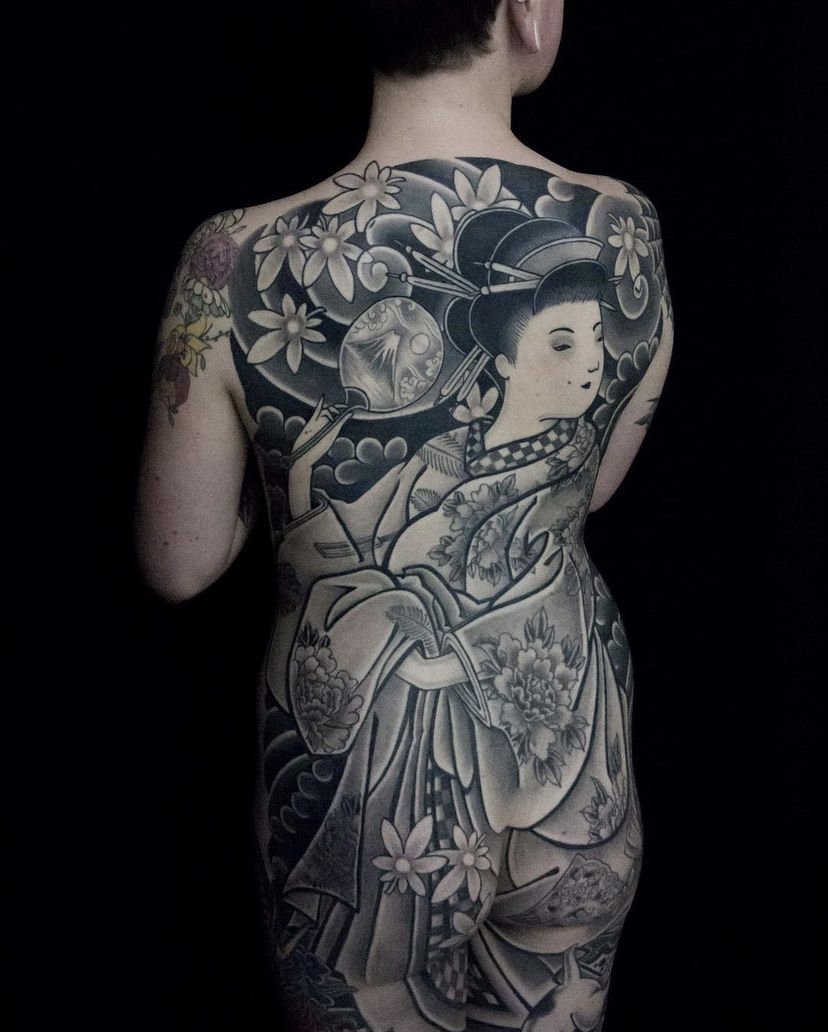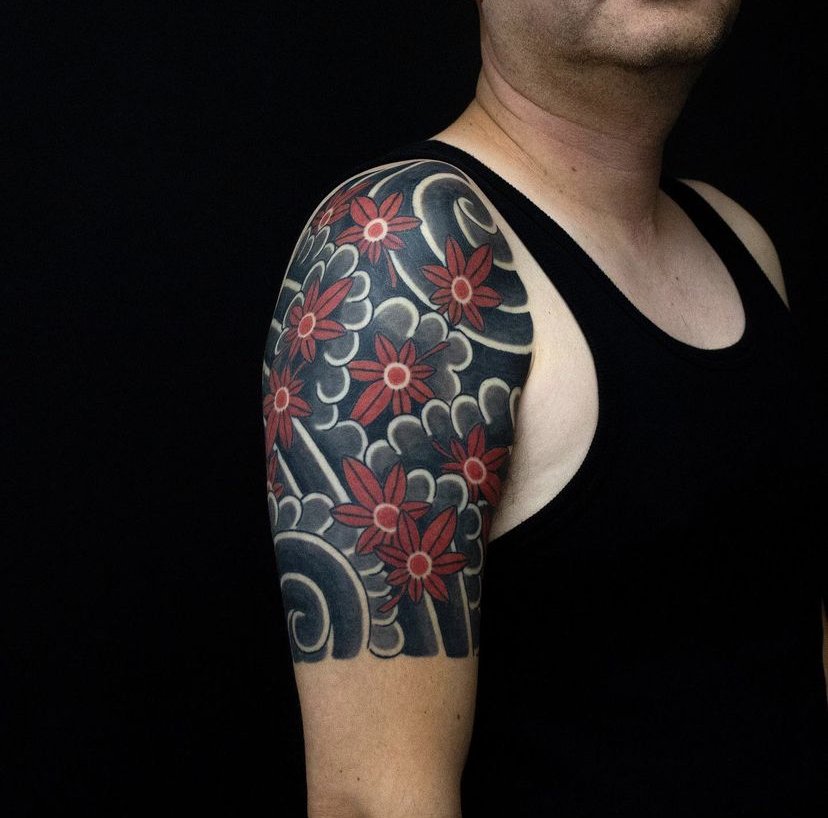The art of paper marbling, or “Suminasashi” which translates to ‘floating ink’, appears to have began in Japan around the 12th century.
Various claims have been made regarding the origins of suminagashi. Some think that may have derived from an early form of ink divination (encromancy). Another theory is that the process may have derived from a form of popular entertainment at the time, in which a freshly painted Sumi painting was immersed into water, and the ink slowly dispersed from the paper and rose to the surface, forming curious designs, but no physical evidence supporting these allegations has ever been identified.
According to legend, Jizemon Hiroba is credited as the inventor of suminagashi. It is said that he felt divinely inspired to make suminagashi paper after he offered spiritual devotions at the Kasuga Shrine in Nara Prefecture. He then wandered the country looking for the best water with which to make his papers. He arrived in Echizen, Fukui Prefecture where he found the water especially conducive to making suminagashi. He settled there, and his family carried on with the tradition to this day. The Hiroba family claims to have made this form of marbled paper since 1151 CE for 55 generations
Our artist James Dean, who primarily specialises in black work tattoos has recently began experimenting with “Suminagashi” inspired tattoos. Incorporating black, light shading and negative space, James has placed these swirling designs on the human form that ebb and flow with the shape of the body. The result is interesting large scale concepts that highlight the human form.
Checkout some examples of the concepts in the gallery below, and if this is something that interests you definitely get in contact with the shop to book in a consultation


